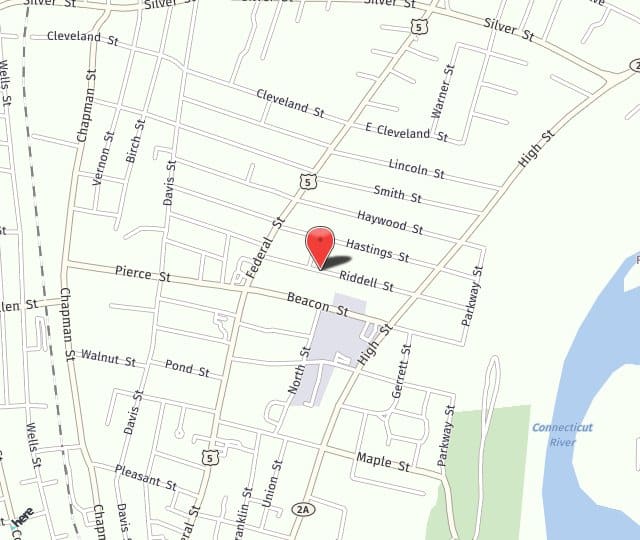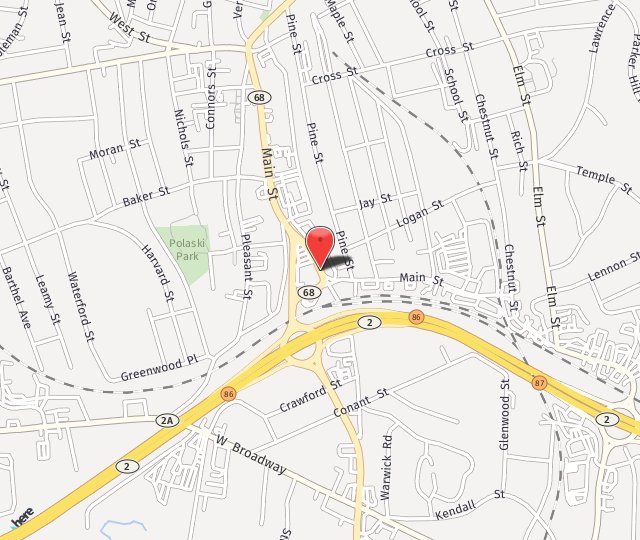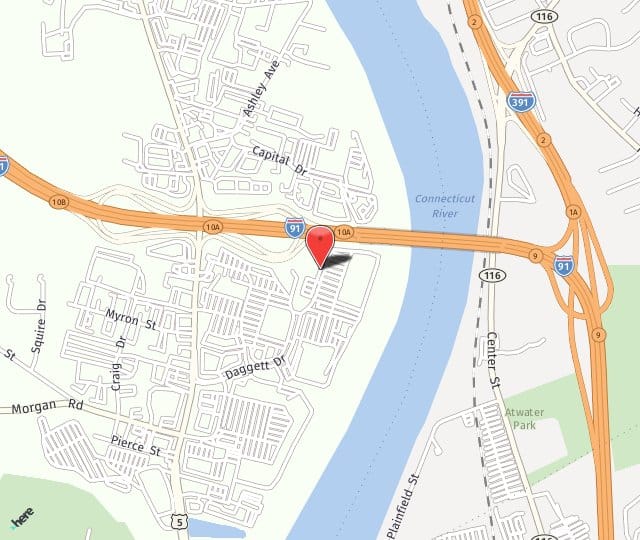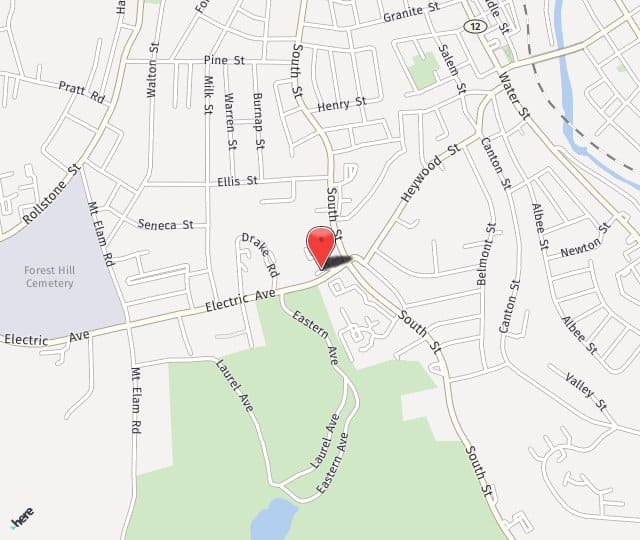
In just 15 years, Botox Cosmetic has become one of the world’s most well-known brand names. While Botox has been around far longer than a decade and a half, it was in 2002 that the FDA approved the neuromodulator for the reduction of facial wrinkles on the upper third of the face. Now, Botox injections and other similar products are the most popular cosmetic procedures performed year in and year out worldwide.
Why is Botox so popular? Because it works! This treatment is the king of “dynamic” wrinkles, wrinkles formed by muscle contractions and we now offer it at Longwood Eye & LASIK Center.
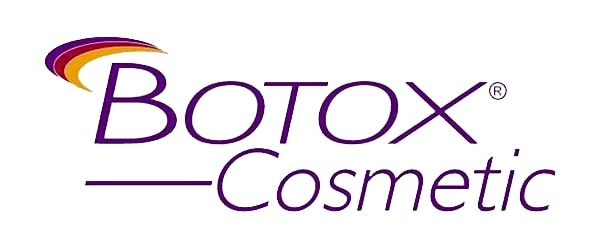
What is Botox Cosmetic?
Botox Cosmetic is made from the botulinum toxin type A, along with some additional proteins. The botulinum toxin is the same neurotoxin that causes botulism; that can seem scary. But in the 1950s, scientists discovered that if the botulinum toxin was injected in very small doses into a muscle, it effectively paralyzed that muscle for a period of time, without any side effects.
This proved effective when combating issues such as involuntary eyelid spasms, TMJ disorder, and other issues where involuntary muscle contractions were the problem. More recently, Botox has even proven effective on migraine headaches in some patients.
But when it was approved in 2002 to eliminate facial wrinkles, Botox went from being a success to being a sensation.
Different Types of Wrinkles
On human skin, two types of wrinkles develop: static wrinkles and dynamic wrinkles.
Static Wrinkles
Static wrinkles show themselves at all times; they are usually the result of sun damage and the natural effects of aging. Botox has no effect on these wrinkles; dermal fillers are the solution for static wrinkles.
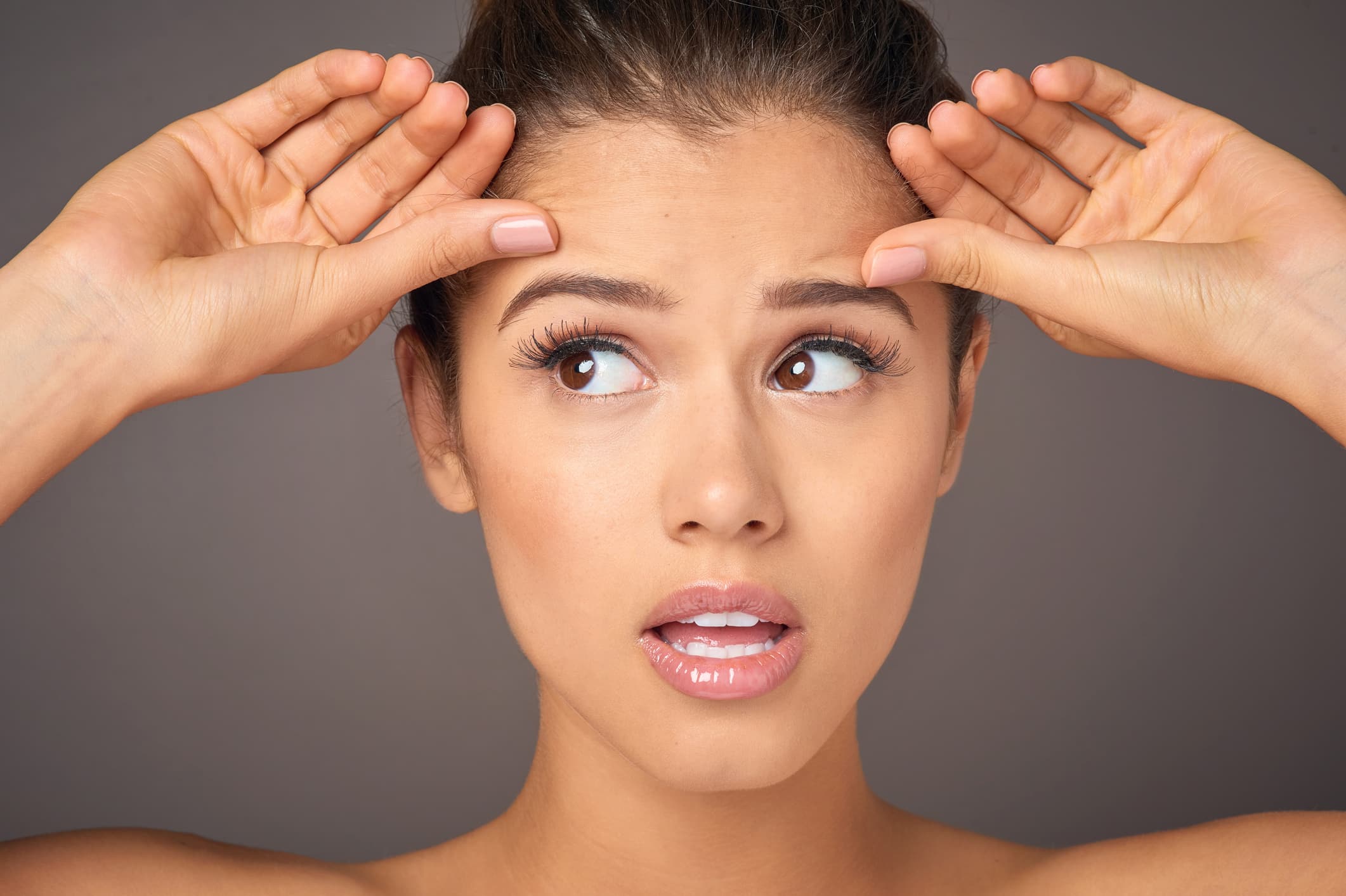
Dynamic Wrinkles
Dynamic wrinkles, on the other hand, are where Botox kicks butt. A dynamic wrinkle forms when the muscle beneath the skin contracts. This occurs when we perform certain behaviors such as squinting or frowning. Dynamic wrinkles form on the expressive area of the face, the upper third from the eyes upward.
How Does Botox Work?
When injected into the muscle creating the wrinkle, Botox blocks the nerve message being sent from the muscle to the brain. The brain doesn’t receive the message to contract the muscle, so the muscle remains relaxed. Without the contraction, the wrinkle on the skin (such as crow’s feet or the 11s between the brows) never forms or is noticeably decreased. The Botox continues to block the messages for a period of roughly four months when it then becomes inert.
Where Is Botox Injected?
Botox only has an effect on “dynamic” wrinkles described above. These wrinkles form on the upper third of the face. If you don’t believe that, try frowning or squinting and feel which muscles engage. Botox is effective on the following areas:
- Crow’s feet
- The 11s between the brows
- Forehead wrinkles
What Can I Expect During a Botox Session?
You’ve probably heard the term “lunchtime procedure.” That’s what a Botox session is — you can have it done during lunch and return to work immediately after. A Botox session only takes from 15 to 20 minutes, and there isn’t any downtime. The needle used is so tiny that most patients don’t request any topical numbing agent.
How Soon Will I Notice Results?
Unlike the immediate results found with dermal fillers, which fill a static wrinkle from beneath, Botox results are not immediate. The botulinum toxin must first stop the muscle from contracting and then the skin above relaxes. This takes from three to seven days to fully take effect.
How Long Does Botox Last?
Botox treatment stops dynamic wrinkles for four to six months. At that point, the body absorbs the now-inert botulinum toxin and the muscle can then begin contracting once again, forming the wrinkle on the skin above. To maintain your results, another treatment session is necessary.
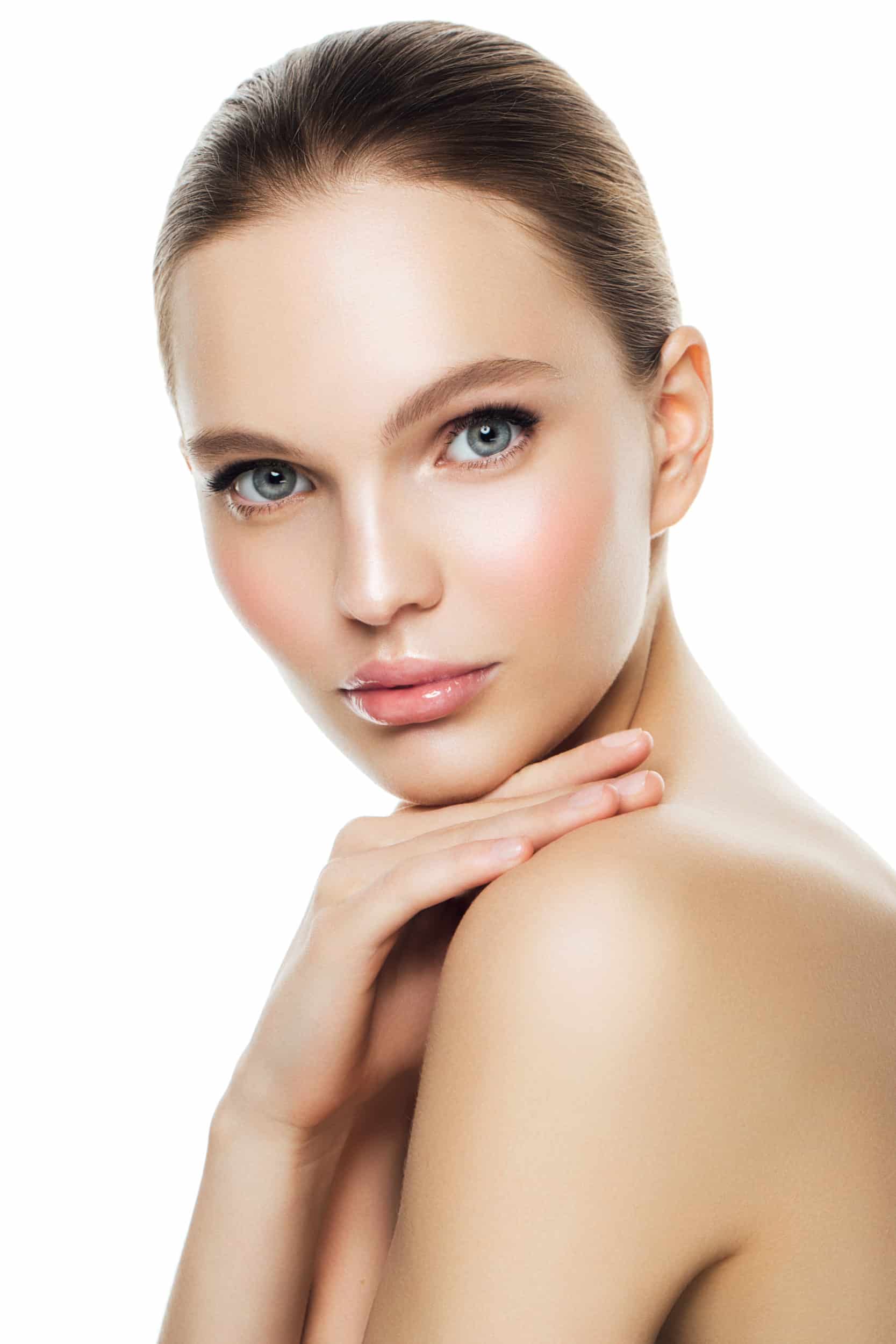
Botox Vs. Dermal Fillers
Botox is clinically known as a neuromodulator and is not classified with dermal fillers. Fillers work on static wrinkles and fill in the depressed area of the skin, effectively pushing the skin back upward and removing the wrinkle. Dermal fillers don’t work on dynamic wrinkles, just as Botox doesn’t work on static wrinkles. Botox stops the muscle contractions beneath the skin that create dynamic wrinkles. Botox and dermal fillers can be used together to address the different types of wrinkles on various areas of the face.
Does Botox Have Side Effects?
Millions and millions of people swear by Botox and it has few side effects. The main issue can be slight redness or bruising at the injections sites, but this usually passes within just a few hours. Headaches are also possible, but they are very rare.
It’s important after your session for the patient not to rub the areas where the Botox was injected for 12 hours. This can cause the Botox to migrate to an unwanted muscle, which can lead to temporary drooping of an eyelid or other unintended effects.
Schedule a Consultation
The skill and facial knowledge of your injector is important to obtain the best results. The team at Longwood Eye & LASIK Center has incredible knowledge of the facial anatomy surrounding the eyes. This ensures your Botox is injected into the proper location, something that isn’t always the case with inexperienced injectors.
To learn more about this wrinkle treatment, call 1-855-286-2020 or schedule a consultation online today.

